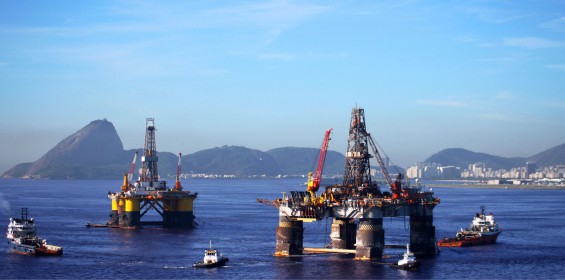Why OSV markets will drive energy efficiency in 2024
Published: 17 January, 2024
Damien Bertin, Business Director of Opsealog discusses why OSV markets will drive energy efficiency in 2024.
High charter rates, volatile fuel prices and vessel shortages are setting favourable conditions for investments in energy efficiency – this is good news for business resilience as well as the environment.
The stars could hardly be more aligned to encourage investment in energy efficiency. Following years of downturn, the markets for offshore support vessels (OSVs) have rebounded in 2023. Major oil producing countries are aiming for substantial increases in production, which is having a ripple effect, increasing demand for everything from drilling rigs, subsea construction boats and OSVs.
This has boosted utilisation and led to sharp increases in term-charter and spot market day rates, bringing new cash flows, but also creating a tight market as many vessels were either scrapped or still need to be reactivated.
In a nutshell, current market trends are a powerful incentive for owners as well as charterers to maximise fuel efficiency and optimise vessel use.
Faced with high fuel prices and day rates at levels unseen since 2008, charterers are seeking to reduce costs as much as possible. Meanwhile, owners want to maximise vessel availability to make the most of a favourable market. The re-activating offshore market is also causing them to review their fleet composition and upgrades, however high interest rates and lessons learnt from the crisis make finance more challenging and newbuild orders uncertain. Instead, much of the focus is currently on vessel life extension.
As a result of this thirst for efficiency, 2023 has seen digitalisation progress steadily in the offshore sector, as it has in the commercial shipping sector. Data is rightly seen as a key asset, helping companies identify new operational efficiencies to reduce fuel consumption and greenhouse gas emissions immediately. For example, with Opsealog’s data integration, analysis and advisory services, our clients typically save 10-15% fuel and emissions within the first two months of installation.
Moreover, once integrated and analysed, data can deliver fleet-wide insights that help charterers identify the right vessels and fleet size to fulfil their needs, and support owners with critical decision-making on fleet upgrades. This calls for greater integration of data from different sources, creating a “digital ecosystem” to make the most of the data captured and unlock new efficiencies.
We expect this shift towards greater data capture and integration to continue in 2024, with digitalisation also embedding itself in more aspects of OSV operations. Going forward, we will see the use of data-driven insights expand beyond fuel consumption and emissions reductions, transforming several aspects from logistics to contract performance and the management of fleets, crews, and vessel availability.
In practice, digital systems can assist charterers in ensuring that the right vessel type and size is assigned to the right task. Data analysis is linked to more accurate billing and can even help determine if the different performance clauses defined in a charter party agreement have been met, or identify the causes of abnormally high fuel consumption, for example. What’s more, all of this can be delivered quickly, with no CapEx required.
2024 will see a growing number of forward-looking industry operators harnessing their data not only to drive immediate fuel savings, but also to future-proof their operations as more stringent environmental regulation looms around the corner. Although OSV operators are not yet required to comply with EU ETS regulations, it is likely that they will need to do so in the future, according to the European Council. Offshore ships above 5000 gross tonnage (GT) will be included in the emissions trading scheme from 2027. Meanwhile, the EU MRV will be extended from 2025 to apply to offshore ships above 400 GT, and by 2026 the European Commission will review whether general cargo and offshore ships between 400 and 5000 GT should also be included in the ETS. Companies that already build a digital foundation today will be in a better position for when regulation on GHG emissions will come into force.
In 2023, frontrunners have shown how we can turn a challenging market and the decarbonisation transition into a performance accelerator. As the return on investment (ROI) delivered by digital solutions becomes more evident and data standards for e-reporting continue to be developed, 2024 is likely to welcome more vessels and companies into the digitalised ranks. This will be a welcome change for the planet, but also for the resilience and future of the industry itself.
https://www.linkedin.com/company/opsealog/






